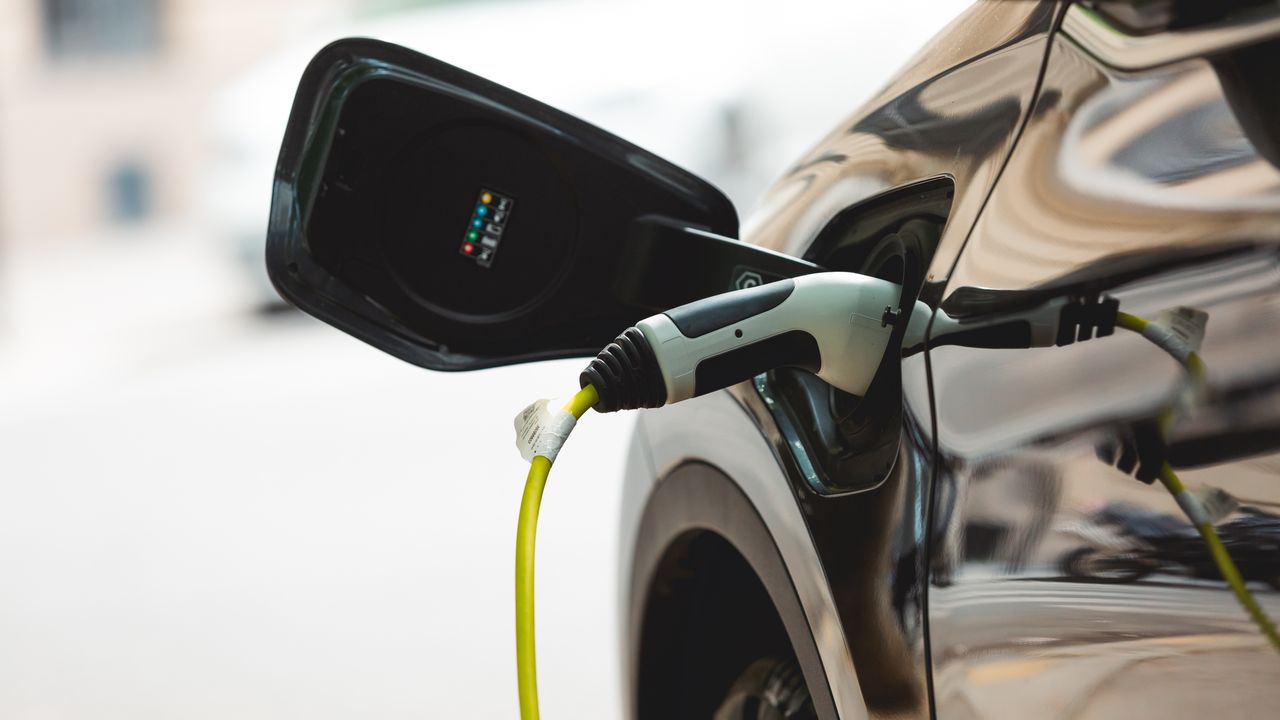EV Charging Platform Integration: Enhancing Efficiency and User Experience
As the demand for electric vehicles (EVs) continues to rise, the need for a seamless and efficient charging infrastructure becomes increasingly important. EV charging platform integration plays a vital role in ensuring a smooth experience for EV owners, enabling them to easily find, access, and pay for charging services. In this article, we will explore the significance of charging platform CRM integration, platform upgrades, and API in enhancing the overall functionality and user experience of EV charging platforms.
Charging Platform CRM Integration
Customer Relationship Management (CRM) integration is a crucial aspect of any charging platform. By integrating CRM systems into the charging platform, operators can effectively manage customer data, track charging sessions, and provide personalized services. This integration allows for a seamless user experience, enabling EV owners to access charging stations, view their charging history, and receive notifications about charging availability and promotions.
Moreover, CRM integration enables charging platform operators to gather valuable insights about user behavior, preferences, and charging patterns. This data can be utilized to optimize charging infrastructure planning, identify high-demand areas, and tailor marketing strategies to target specific customer segments. By leveraging CRM integration, charging platform operators can build stronger relationships with their customers and enhance customer satisfaction.
Charging Platform Upgrades
Regular platform upgrades are essential to keep up with the evolving needs of EV owners and advancements in technology. Upgrades can include improvements in user interface design, enhanced functionality, and the addition of new features. These upgrades not only enhance the user experience but also contribute to the overall efficiency of the charging platform.
For instance, platform upgrades can introduce features such as real-time charging station availability, reservation options, and dynamic pricing based on demand. These additions empower EV owners with the ability to plan their charging sessions more effectively, reducing waiting times and ensuring a seamless charging experience.
Furthermore, charging platform upgrades can also focus on optimizing charging station utilization and energy management. By integrating smart charging algorithms, platforms can distribute charging load efficiently, avoiding peak demand periods and reducing strain on the grid. This not only benefits EV owners but also contributes to the overall sustainability of the charging infrastructure.
Charging Platform API
Application Programming Interface (API) integration is another crucial aspect of EV charging platform integration. APIs allow charging platforms to seamlessly connect with various third-party applications and services, expanding the functionality and accessibility of the platform.
API integration enables EV owners to access charging services through mobile applications, navigation systems, and other connected devices. This integration simplifies the process of finding and accessing charging stations, providing real-time information about availability, pricing, and compatibility. Additionally, API integration allows for seamless payment processing, eliminating the need for separate accounts and facilitating a more convenient user experience.
Moreover, API integration can also enable integration with renewable energy sources and smart grid systems. This integration allows for the optimization of charging based on renewable energy availability, reducing reliance on fossil fuels and promoting sustainable charging practices.
Conclusion
EV charging platform integration plays a crucial role in enhancing the efficiency and user experience of charging infrastructure. By integrating CRM systems, regularly upgrading the platform, and leveraging API integration, charging platform operators can provide a seamless and personalized experience for EV owners. These integrations not only enhance customer satisfaction but also contribute to the overall sustainability and optimization of the charging infrastructure.
